The Jeebropilly Mine, next door to RAAF Base Amberley, is an open-cut thin-seam mine.
Ipswich First spent a day at the mine to follow a chunk of coal on its journey from underground to being loaded onto a train bound for the port for exporting.
Jeebropilly Mine uses surface mining techniques to extract coal.
The coal products mined here are exported to be used for heating, producing electricity and in other manufacturing industries.
The mine was opened in 1982. Using exploration drilling they were able to map out where the mine would progress.
Miners use blasting techniques and dozers to remove overburden (soil and rock) to get to a seam. All topsoil is stored and used in rehabilitation.
The dump trucks used on the sight some of the largest vehicles in the world weighing more than 240 tonnes loaded.
The excavator used can fit one and two thirds Toyota Landcruiser utes in one bucket load and can shift up to 3000 tonnes of rock per hour.
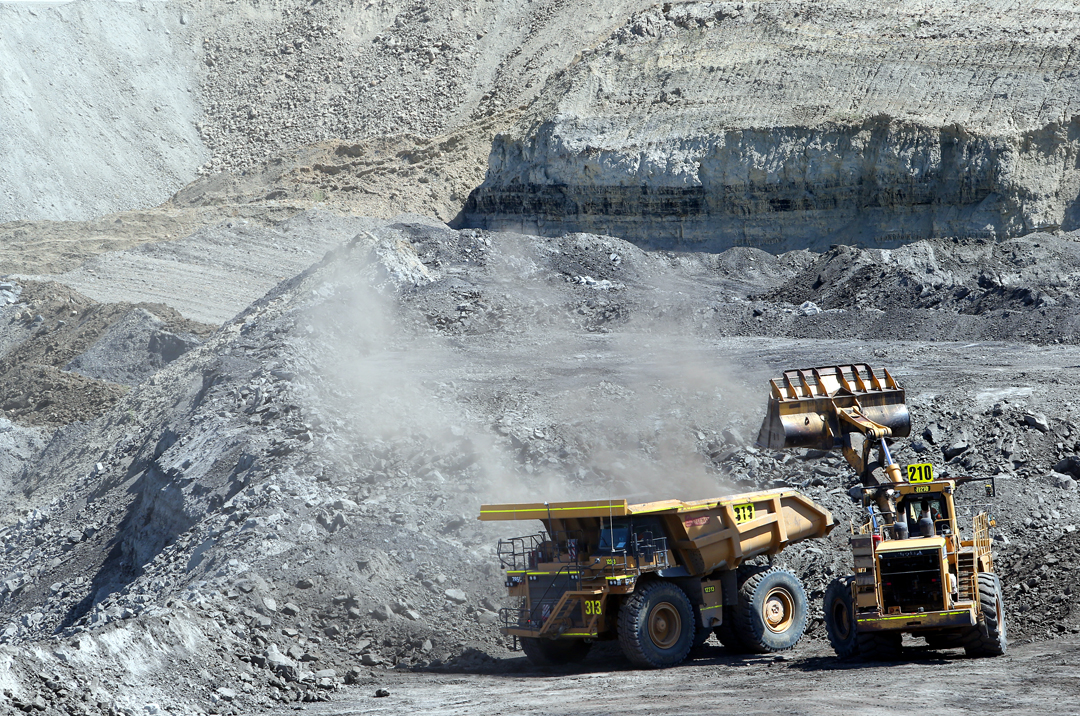
The average thickness in Jeebropilly coal seams ranges from 6cm to 148cm and the interburden between seams averages 2.7 metres in thickness.
When the workers reach the coal seam, the dozer, loaders and large mining trucks then remove the coal.
The coal is taken to the Coal Handling Preperation Plant on site where it is washed of excess rocks, and foreign material.
A load of coal takes 15 minutes to be processed through the plant to the pad.
It is then loaded into a train for transport to the port.
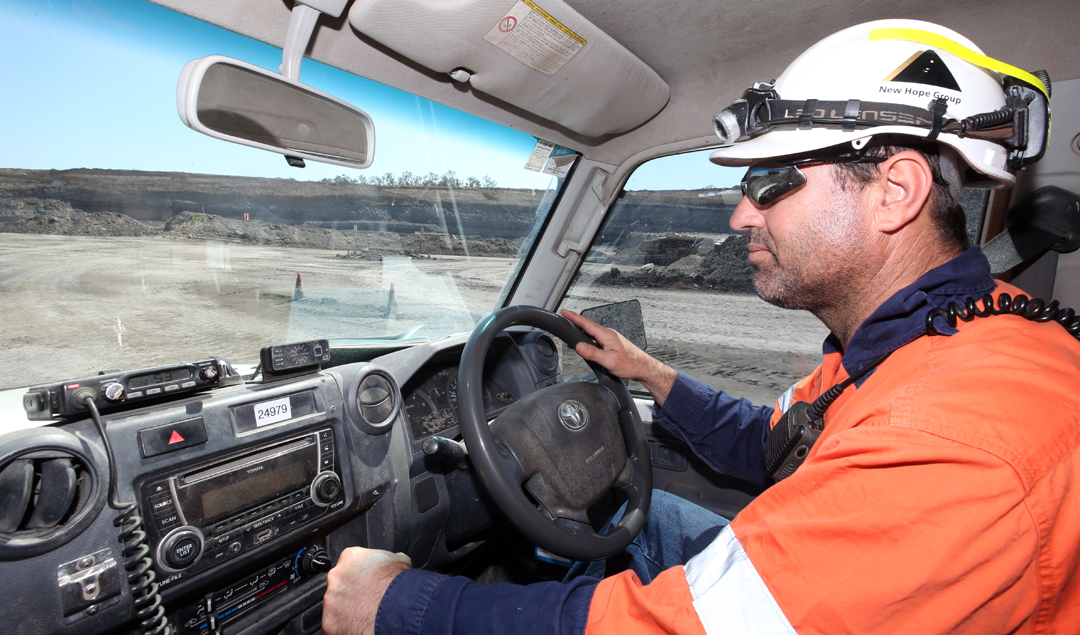
Jeebropilly Mine opencut examiner production supervisor James Russell
“I have been in the industry for 24 years and 20 of those have been for New Hope Group.
My main responsibility is safety and health.
I look at all the interactions and make sure the guys are operating safely, you don’t want one of these trucks running over you.
I grew up in Rosewood and live at Karalee, I like living in Ipswich.”
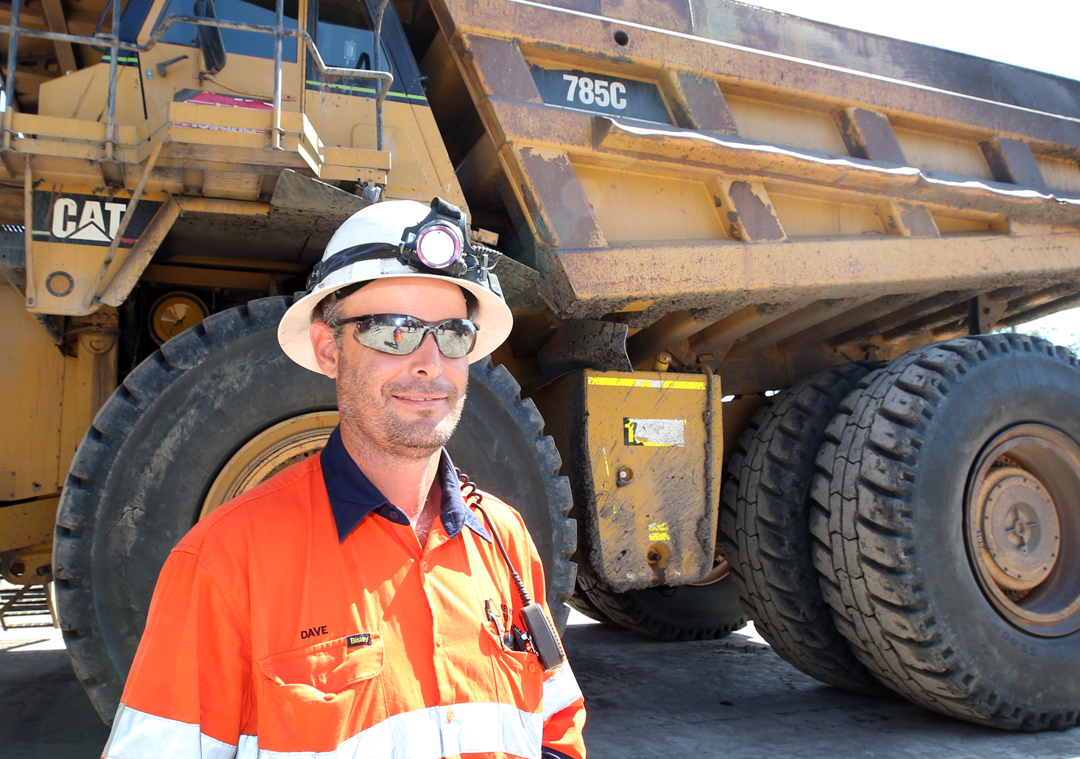
Jeebropilly Mine workshop supervisor Dave Hodgson
“I started my apprenticeship here in 1995 as a diesel fitter.
Now I am one of the workshop supervisors.
I facilitate the workshop and do maintenance, serving breakdowns and any corrective maintenance that needs to be done.
It’s good to work on the big equipment, you don’t really get to work on this sort of stuff anywhere else apart for mining.”
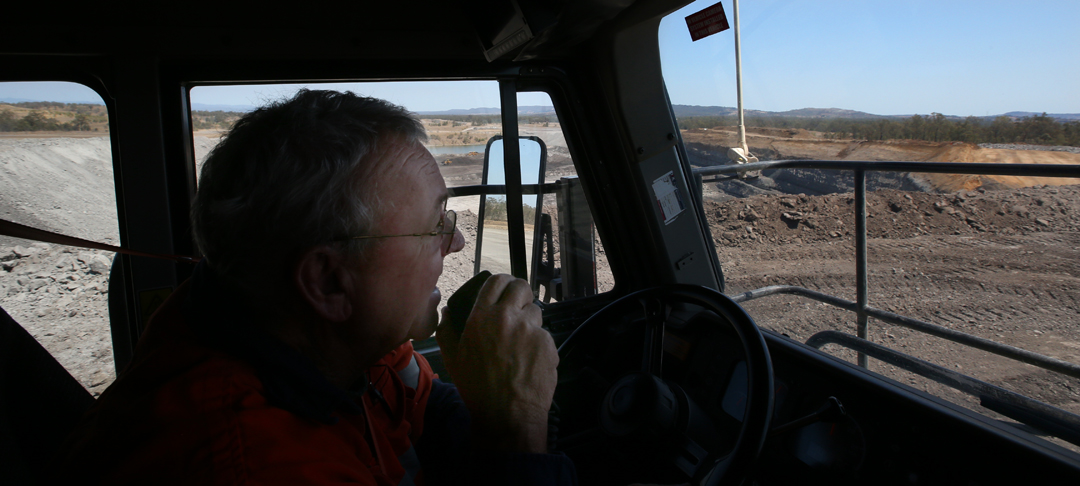
Jeebropilly Mine truck driver Murray Clarke
“I have been working here for nine years and I love it.
It’s a good bunch of blokes here and we all try to help each other.
I was driving a concrete truck in the city before this. Out here there are no traffic lights and no traffic jams.
It’s sad it’s closing but it is what it is and I’m just thankful for the nine years that I’ve had here.”
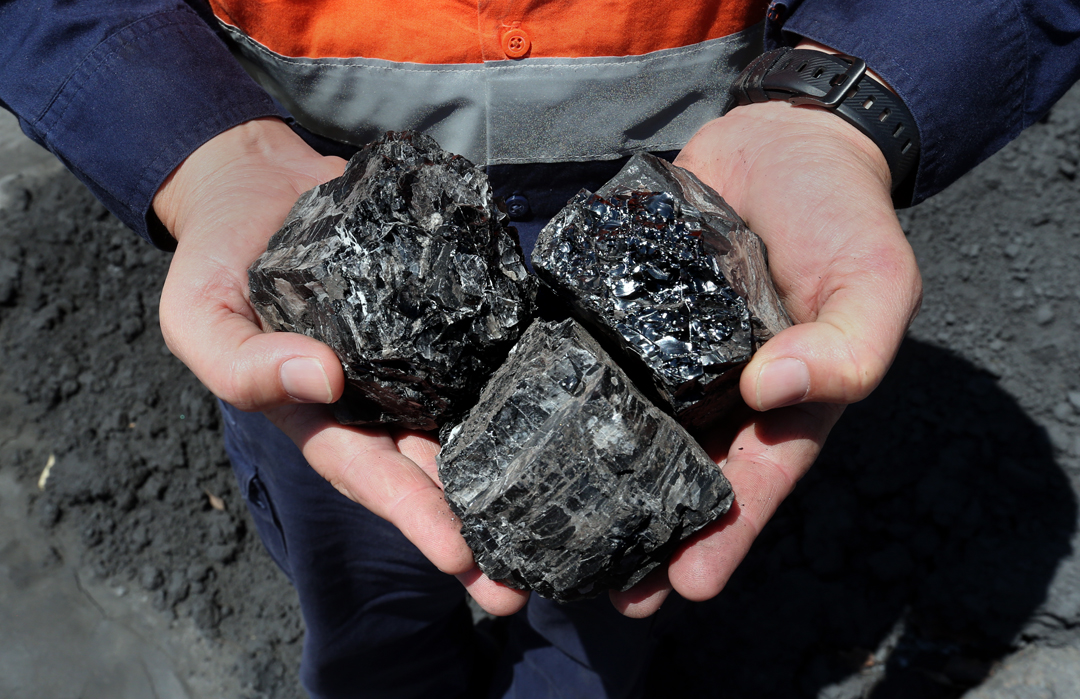
How coal is formed
Coal contains the energy stored by plants that lived hundreds of millions of years ago in swampy forests.
Layers of dirt and rock cover the plants and as more layers are added the plants get pushed further down into the earth.
The pressure and heat turn the dead plants into coal over millions of years.
Jeebropilly Mine’s long history
Ipswich is the birthplace of Queensland’s coal industry.
Coal was first found in the area now known as Kholo in 1825.
Queensland’s first coal mine was opened at Redbank in 1843.
Over two million tonnes of coal was produced in the West Moreton Region in the 1980s.
At this time more than 4,000 people living in Ipswich relied on the coal industry for their income.
Jeebropilly Mine opened in 1982 and saw 25 years of continuous operation until it temporarily ceased operation in 2007.
Despite Jeebropilly not mining, the coal washing plant continued to process coal from the New Oakleigh Mine.
Jeebropilly was recommissioned in 2008 due to rising export prices for coal and at the end of this year will close.
At its peak the mine was producing approximately 1.9 million tonnes of coal per annum.
Jeebropilly is run by the New Hope Group which is a majority Australian owned and operated diversified energy company which has been based in South East Queensland since 1952.
While Jeebropilly might be slowing down its mining operation, it is accelerating its rehabilitation to return the landscape back to a usable area.
459Ha of land has been rehabilitated so far with cattle grazing on western areas of the mining lease for more than 15 years.
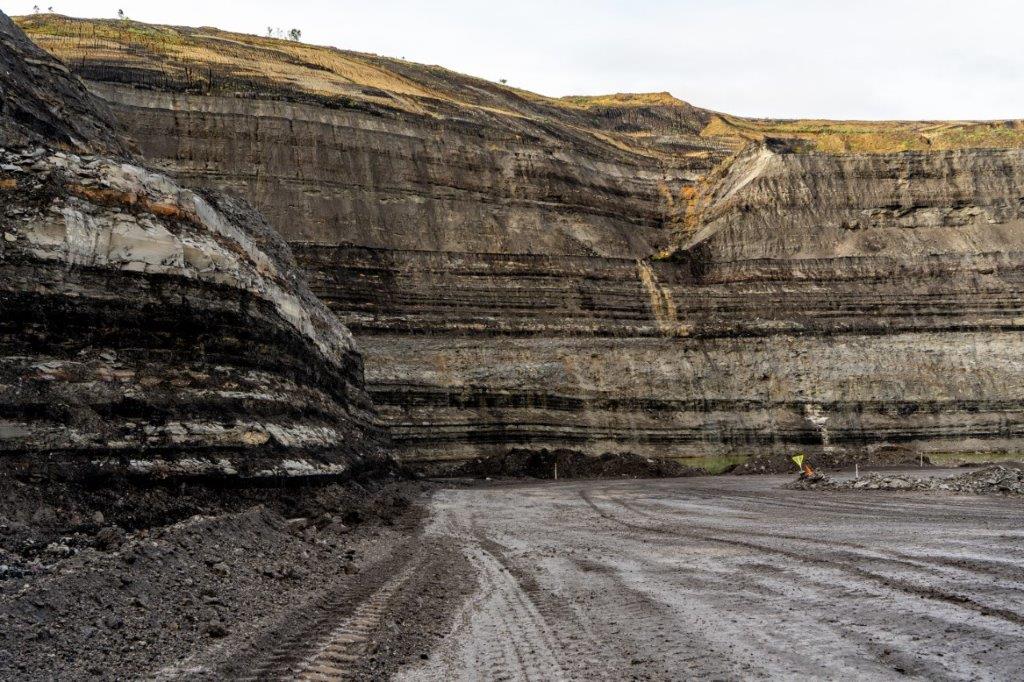
Coal seams
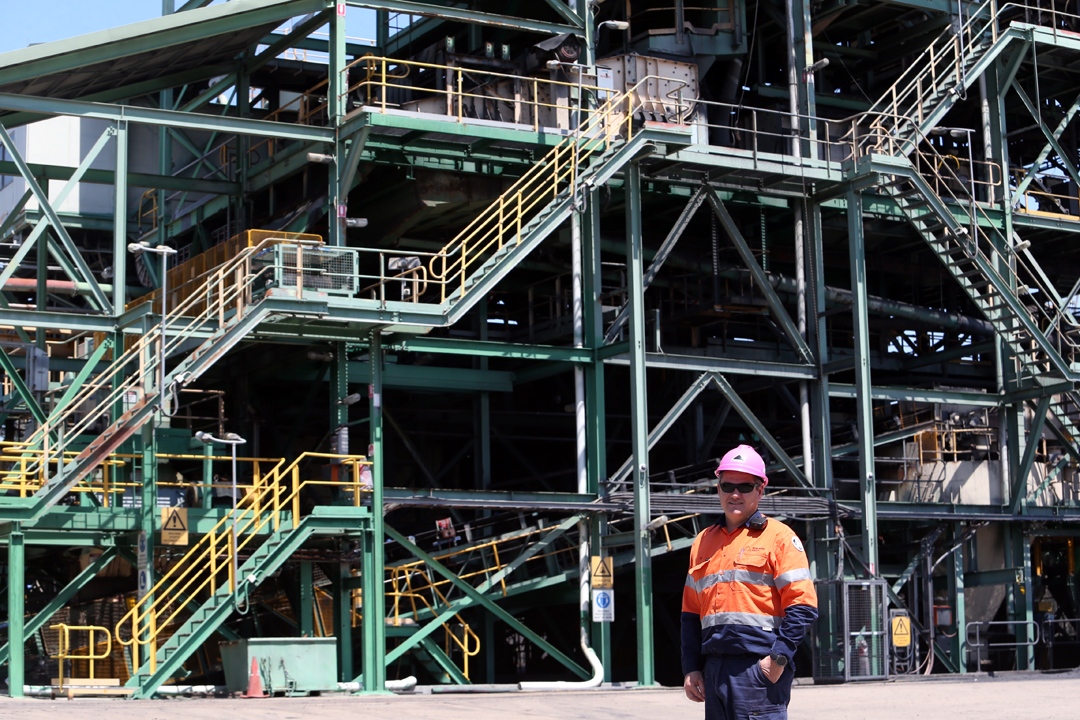
Jeebropilly Mine coal handling preparation plant superintedent Ty Cochrane
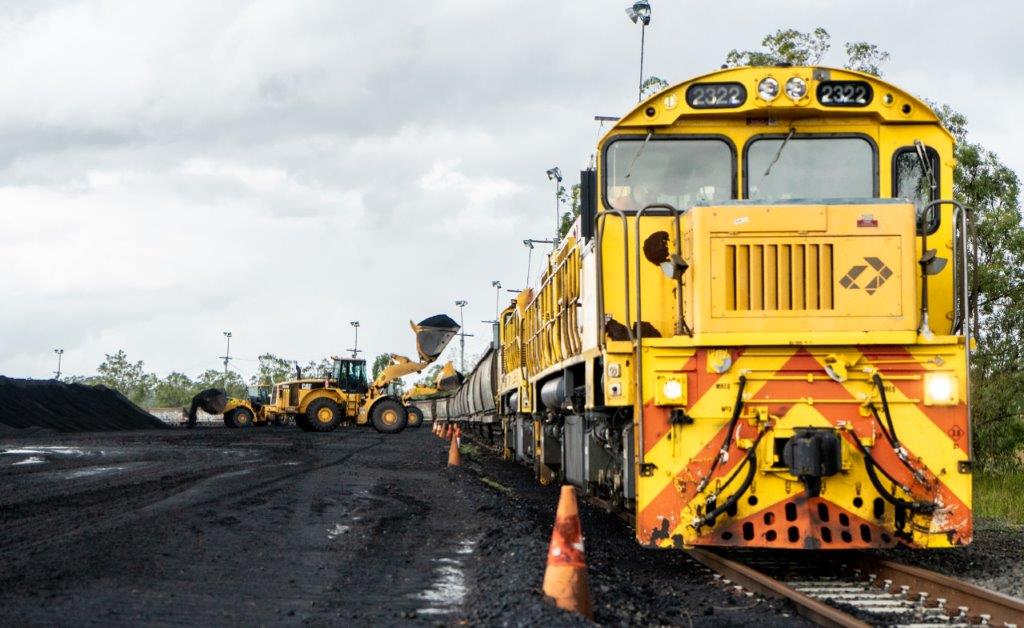
Coal train being loaded
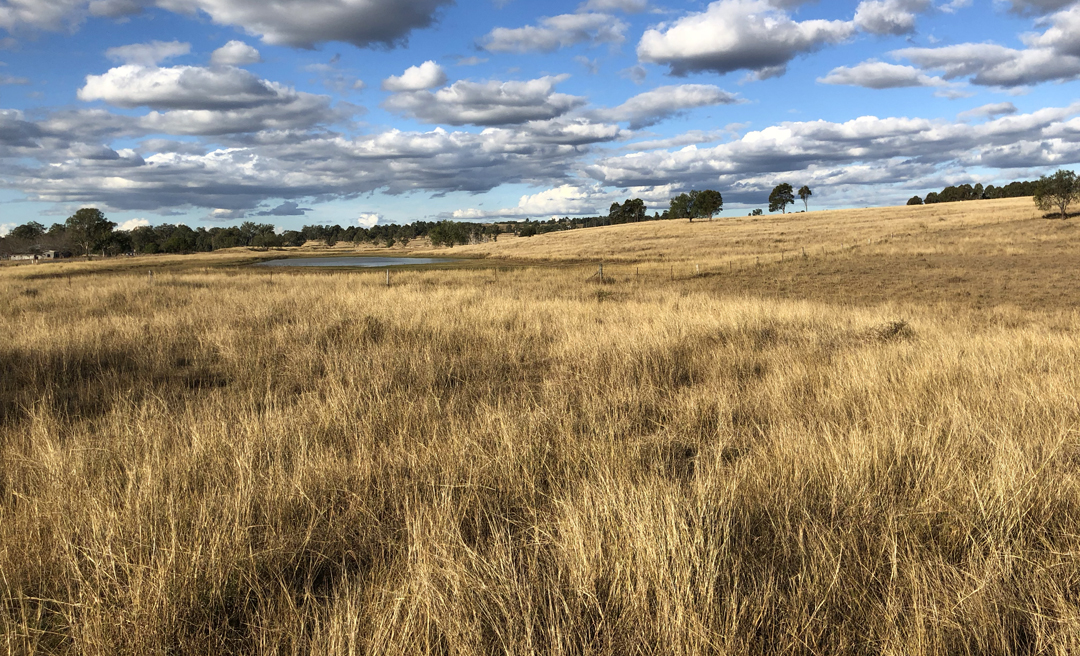
Rehabilitated land

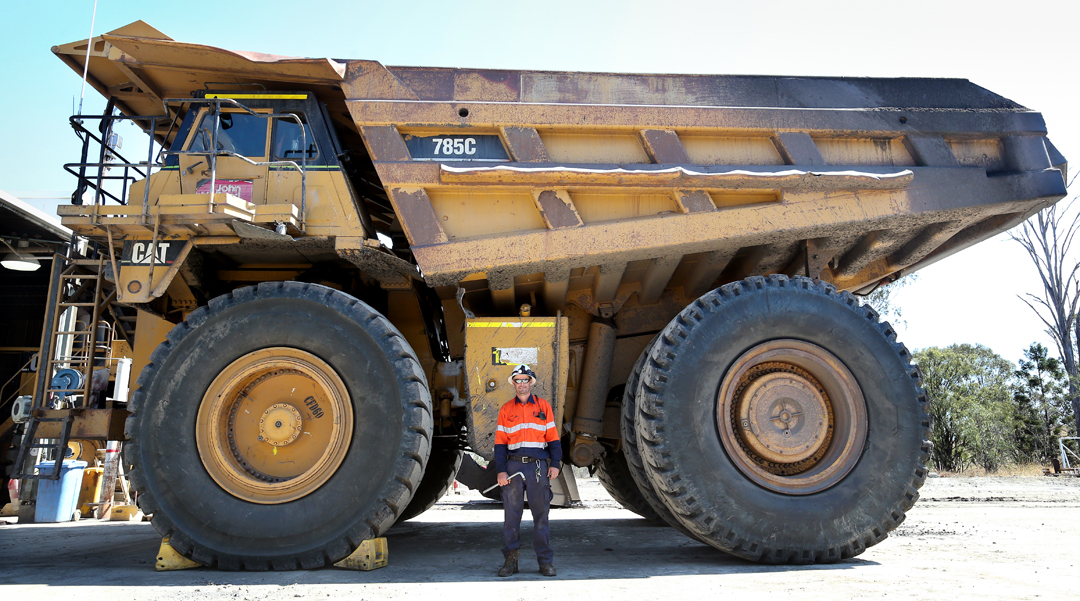
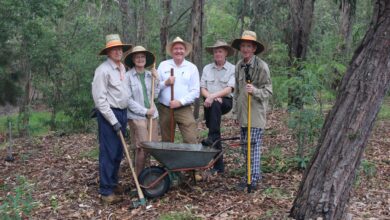
It is such a shame seeing the end of coal mining in Ipswich. This city as renowned for its coal mining and rail industry and it is all coming to an end. Following in his Grandfather’s footsteps (who worked at both Box Flat and Southern Cross mines) my Son works at Jeebropilly, now all of that is finished. All I can see is more unemployment for this City. What will Ipswich be known for now? Only time will tell I suppose.
This would be such a nostalgic tour. My Dad and uncle were coal miners in Ipswich for as long as I can remember. My husband would think all his Christmases and birthdays have come at once!